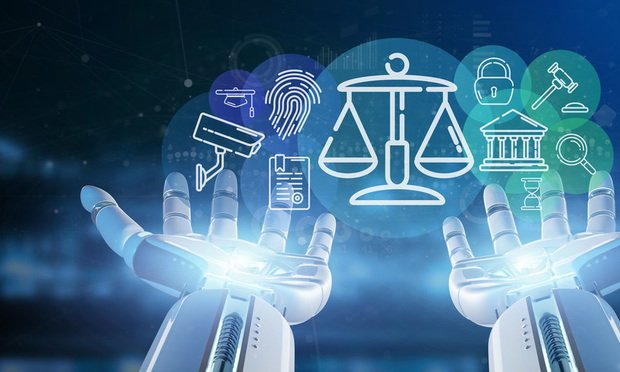
-
Admin
- No Comments
- June 18, 2025
Data Governance and the Role of AI: Navigating the Future of Generative & Agentic Intelligence
Introduction
In a world where data is the new oil, controlling and refining it has become a strategic necessity. Today, organizations across every industry are under pressure to deliver insights faster, maintain regulatory compliance, and leverage AI-driven decision-making. Data governance—once considered a backend compliance task—is now a foundational pillar for innovation, trust, and AI scalability.
The fusion of Data Governance with the evolving capabilities of Generative AI and Agentic AI represents a seismic shift in how data is managed, understood, and acted upon. This article explores how AI is redefining governance, where the future is heading, and how to distinguish data governance from data management.
What Is Data Governance and Why It Matters
Data governance refers to the organizational policies, roles, responsibilities, and processes that ensure data is accurate, secure, and used ethically. In a landscape dominated by privacy regulations (like GDPR, CCPA, and HIPAA) and AI integration, governance ensures your data isn’t just available—but trusted.
Core pillars of data governance:
|
Pillar |
Description |
|
Data Ownership |
Assigning accountability for data quality and usage |
|
Policies & Rules |
Standardizing how data is created, accessed, and shared |
|
Security & Privacy |
Protecting sensitive information and ensuring compliance |
|
Metadata Management |
Creating standardized definitions and context around data |
|
Auditability |
Tracking access, modifications, and regulatory adherence |
As businesses grow more data-driven, weak governance becomes a critical liability, opening doors to data breaches, bad decisions, and reputational damage.
How AI Is Transforming Data Governance
Traditional data governance is rule-based and manual, making it difficult to scale with today’s data velocity. Enter AI-powered governance tools, which automate data discovery, classification, risk detection, and even policy enforcement.
Key AI-Driven Use Cases in Governance
- Automated Data Discovery: NLP-powered AI can scan structured and unstructured data to classify and tag information at scale.
- Risk Identification: Machine learning models detect unusual access patterns or data anomalies.
- Real-Time Compliance Monitoring: AI enables continuous validation against regulatory rules.
- Smart Workflows: Intelligent triggers can notify data stewards of inconsistencies or permission issues before they escalate.
📈 According to IDC, 75% of CDOs now cite AI as essential to their data governance strategy.
Generative AI vs. Agentic AI: What’s the Difference?
Both Generative AI and Agentic AI are reshaping data interaction, but they serve distinct functions:
|
Feature |
Generative AI |
Agentic AI |
|
Function |
Creates content from learned data |
Makes autonomous decisions toward a defined goal |
|
Examples |
ChatGPT, Midjourney, DALL•E |
ReAct Agents, LangChain agents, AutoGPT |
|
Strengths |
Creativity, language, ideation |
Reasoning, planning, task execution |
|
Limitations |
Needs prompts, lacks goal orientation |
Requires complex safety and control mechanisms |
|
Governance Impact |
Requires control over generated outputs |
Demands deep oversight of actions, decisions, and data |
Agentic AI is the future frontier: systems that operate semi-independently to complete business tasks or manage infrastructure. These agents don’t just answer—they act.
Data Governance vs. Data Management: Know the Distinction
One of the most misunderstood concepts in enterprise IT is the difference between data governance and data management. Here’s a quick side-by-side comparison:
|
Category |
Data Governance |
Data Management |
|
Focus |
Oversight, policy, risk, compliance |
Storage, processing, pipelines |
|
Strategy Level |
Executive/strategic |
Operational/technical |
|
Typical Owner |
Chief Data Officer / Compliance Officer |
IT & Data Engineers |
|
Goal |
Trustworthy, compliant, accessible data |
Available, high-performance, integrated data |
🎯 In short: Governance defines the rules. Management applies them.
The Future: AI-Governed, Human-Guided Enterprises
The future of data governance is not just about control; it’s about enabling responsible autonomy. With the advent of Agentic AI, organizations will soon rely on intelligent agents that can:
- Select relevant datasets
- Perform complex joins and enrichments
- Trigger actions based on real-time signals
- Audit themselves for bias or risk
This vision requires an evolved governance model that monitors not only data flow but also AI behavior.
What Will Governance Need to Cover in the Future?
- Model explainability and fairness
- Automated risk flagging
- Cross-border data regulation handling
- Human-in-the-loop auditing
- Ethical AI guardrails
🧠 Gartner predicts that by 2026, over 50% of organizations will adopt formal AI governance frameworks, up from just 10% in 2022.
Final Thoughts
Data governance is no longer about control panels and compliance checklists. It’s about enabling confident innovation, especially as AI grows more powerful and autonomous.
Organizations that embed governance into their AI strategy today will be the ones who lead tomorrow’s intelligent enterprises—not just with speed, but with trust.
Data governance is no longer a backend IT function. It’s the strategic core of responsible AI.




